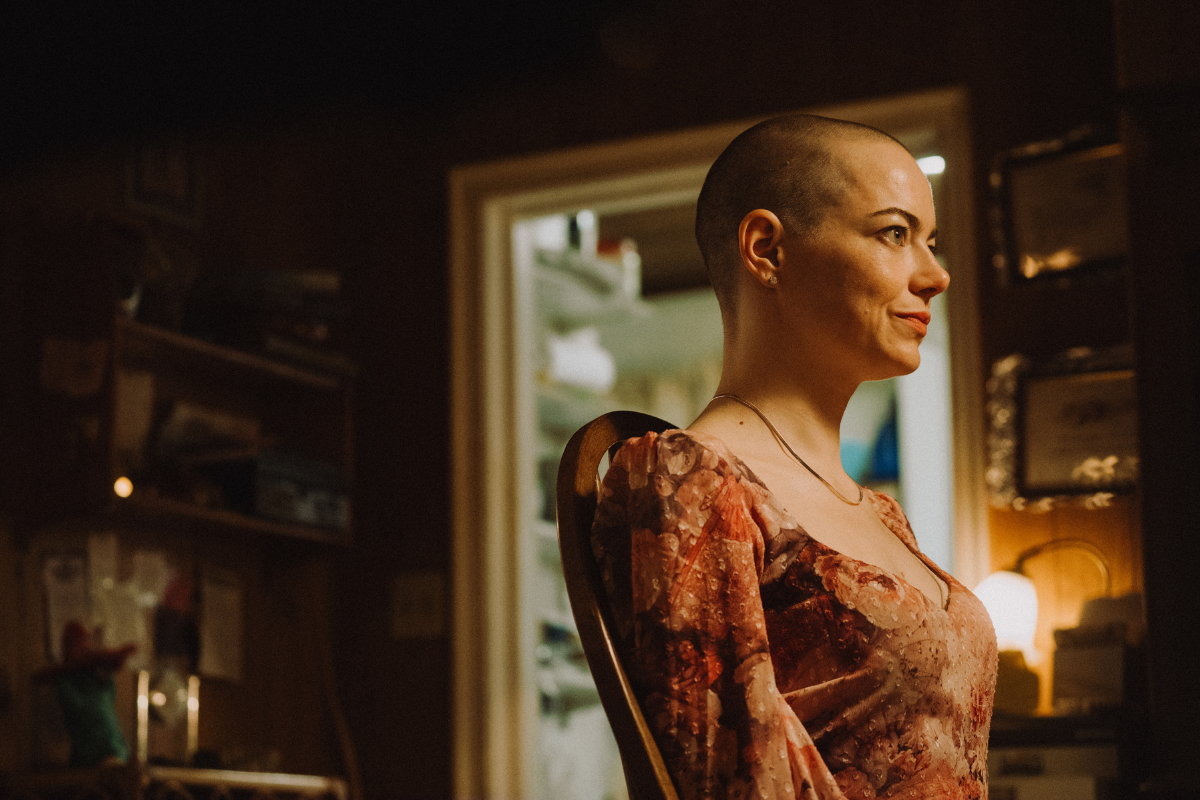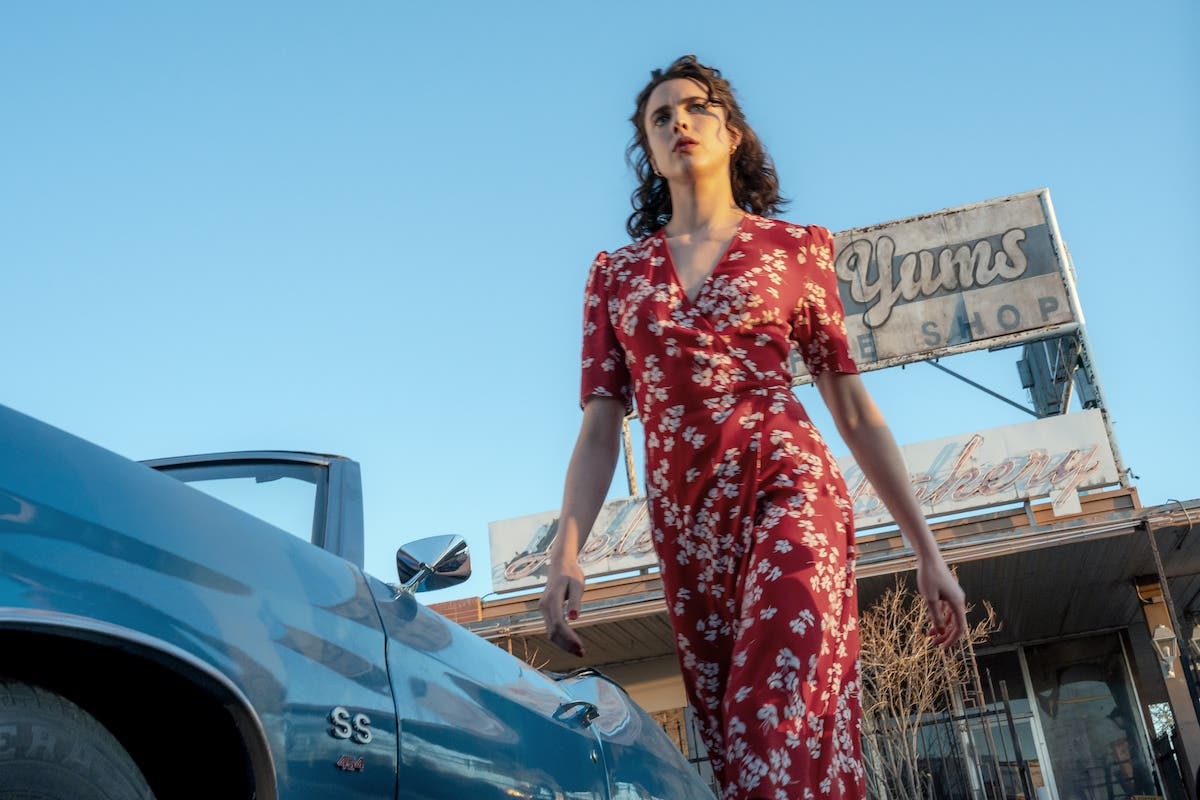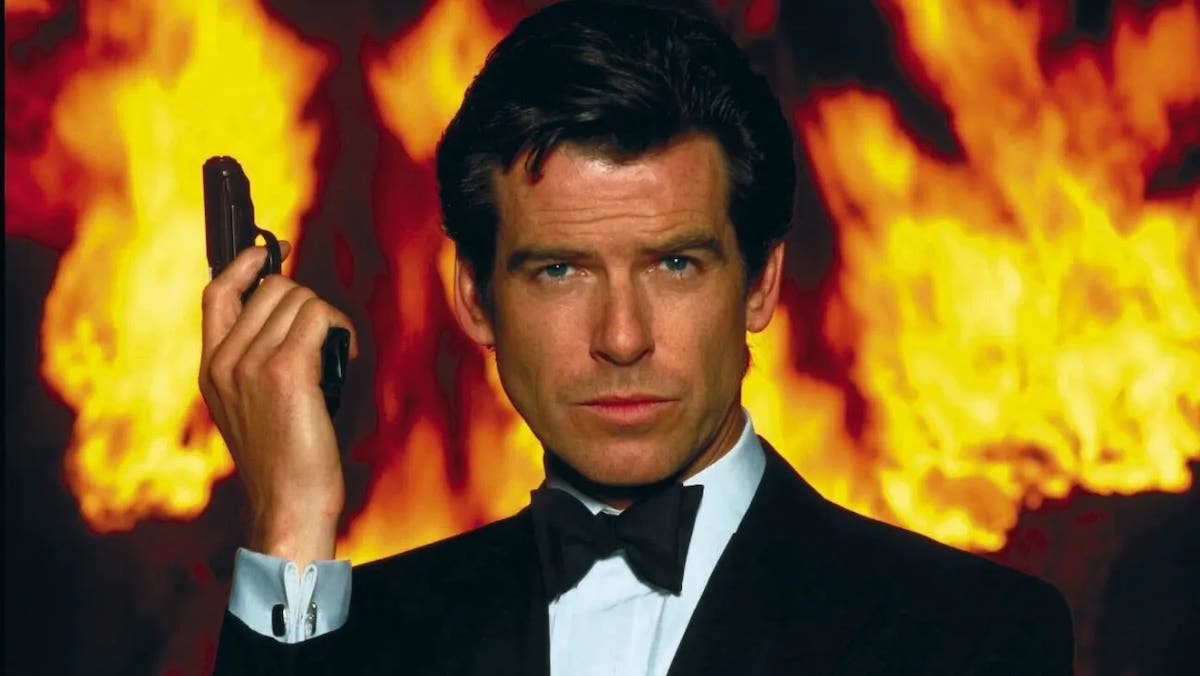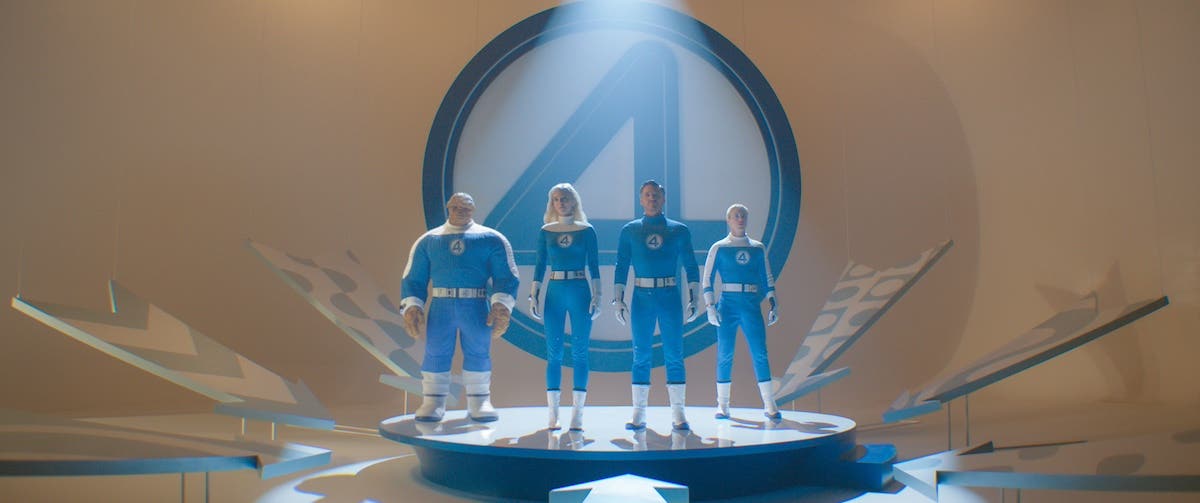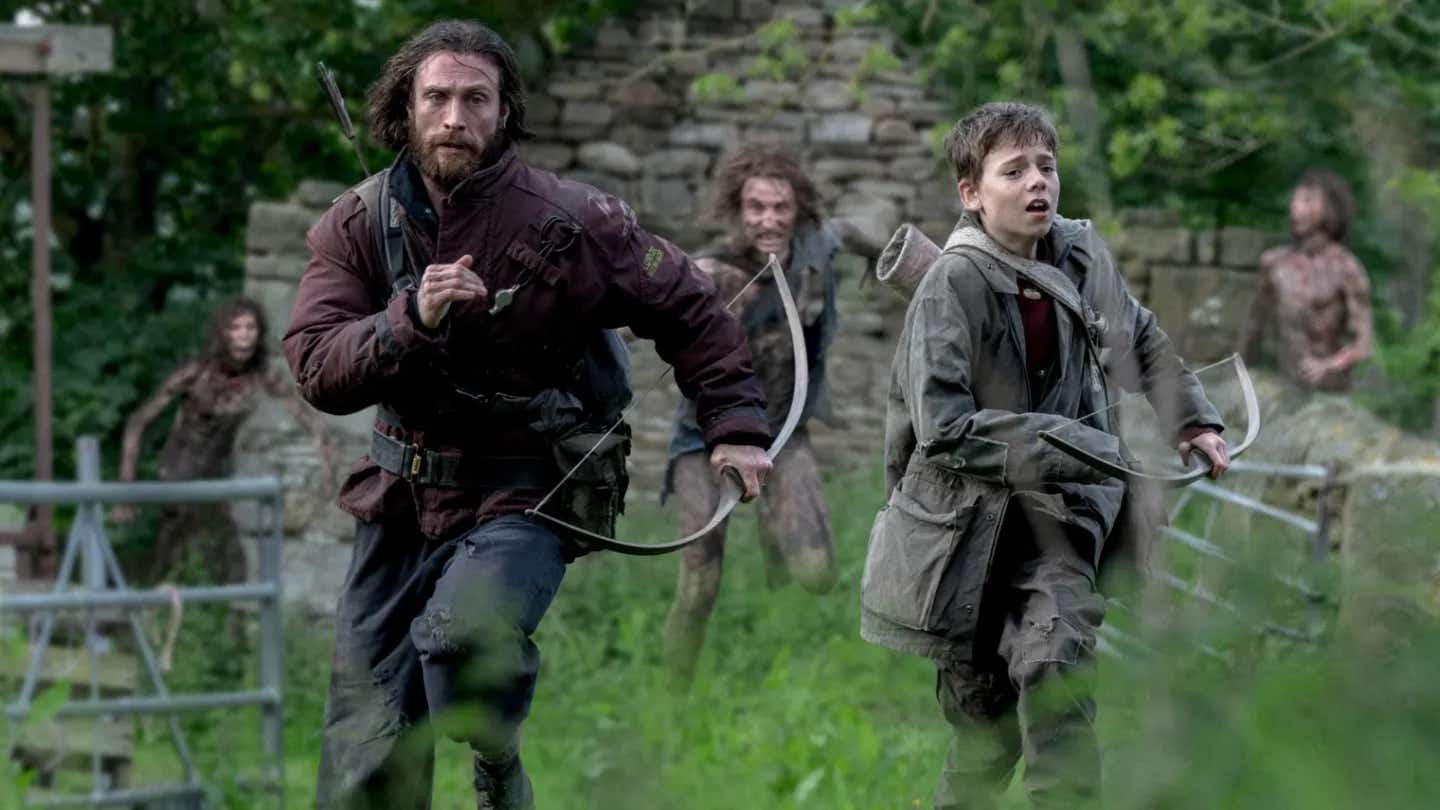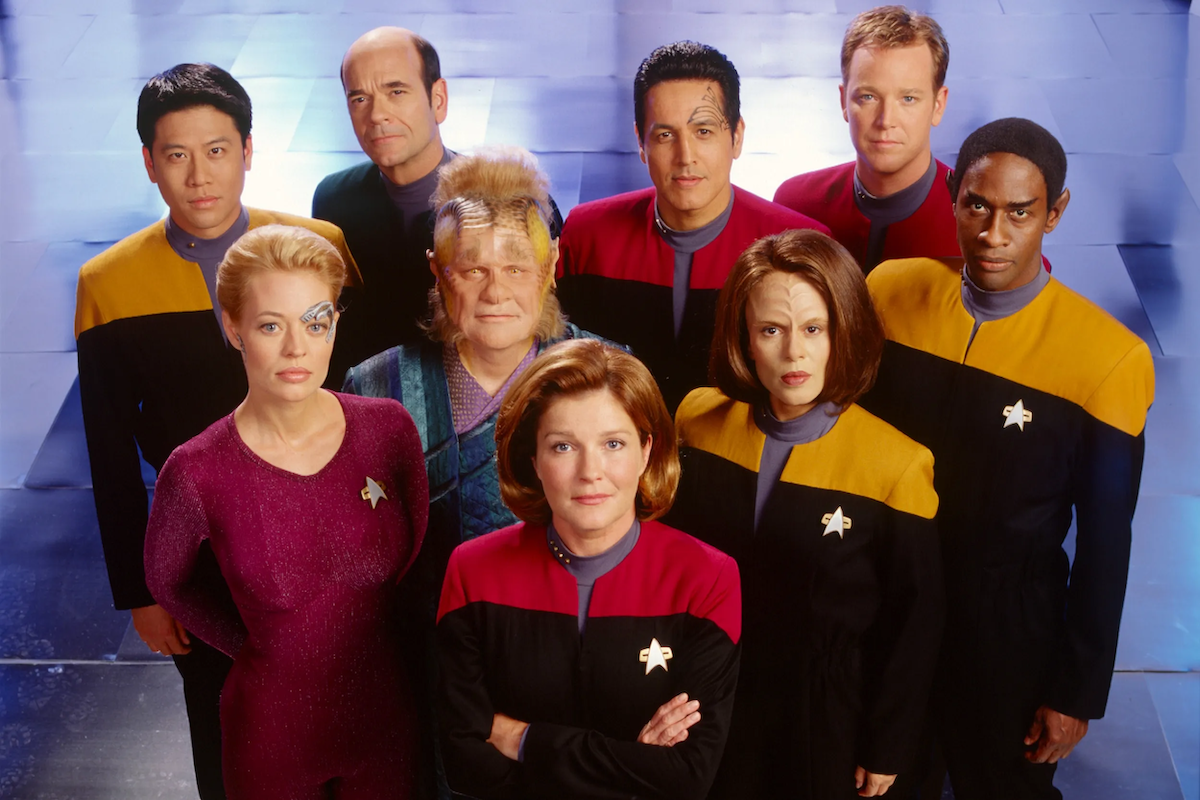The Bloodsuckers that Shaped Us: Structure & Style in Vampire Lore
…and the Slayers who took them out, stole our hearts, and made us look in the mirror.
The wordplay possibilities for this edition of Structure & Style were positively enthralling. As were the sheer number of silver screen entries we could break down. Starting way back with Nosferatu, F.W. Murnau’s 1922 black and white silent German Expressionist film that in the end, just happened to be one more unauthorized adaptation of someone else’s work. That work would be Bram Stoker’s “Dracula”. The 1897 novel by the Irish author that is, and not to be confused with Bram Stoker’s Dracula, Francis Ford Coppola’s visionary gothic romance released 70 years later in 1992.
Still with me?
The point is, all good things start as a novel. KIDDING. I’m not here to make frenemies. But what this beautifully illustrates is the everlasting attraction to the dark side via an inexplicable fascination with blood-drinking, supernatural immortals who should be the stuff of nightmares.
And while there are plenty of straight-up gore-ified versions of vampires out there in film (see: Priest or 30 Days of Night for the “mindless monster” archetype), it’s the psychology behind the seductive side—behind what makes Dracula everlasting—that is so fascinating.
Coppola’s Dracula (written by James V. Hart) leaned into the surreal “otherness” of vampires through a dreamlike production design that underscored its themes: The absurdity of all-consuming love, transformation, and very much Us vs. Them (good vs. evil and historically, East vs. West by grounding Dracula in the ancient East of Transylvania). Tinged with tragedy, both Dracula as a character and the events that unfold, coupled with the idea of alienation, and you’ve got yourself a very empathetic central character no matter how grotesque and evil he might be. The film was a grandiose, heavily stylistic noir that illustrated what Stoker intended to do with the vampires of ancient folklore: make them seductive, magically imbued with power, and smart.
It’s that last part that makes Dracula and all his cinematic incarnations, including the ones he merely provides the blueprint for, so terrifying. If these monsters think like us, can charm us, then what chance do we have to resist and survive? And do we even want to?
Let’s sink our teeth into that one for a minute. For there’s a reason vampires are one of Hollywood’s top sellers.
Everything I need to know about life, I learned from Buffy
While I was more a Blade than Interview With a Vampire fangirl, Buffy the Vampire Slayer (the TV show) combined the romantic Vampire archetypes with enough action that it sucked me in. In fact, Joss Whedon’s creation held a whole late ‘90s audience captive for seven seasons.
Why?
Something to do with that irresistible charm. Hello Angel. Or #TeamSpike; we don’t judge here. Because while the headlining vamps gave all those seductive tortured vibes, the Scooby Gang, lead by Buffy Summers, were in fact the outsiders. In high school. As if we haven’t all been there in one way or another, at that particularly angsty time in our lives. And those are the exact vibes Buffy gave: angst, alienation, found family, plus the definition of that generation’s sartorial style, according to Vogue Australia. The idea of social alienation but then finding your people is oh-so-attractive. As is the Bad Boy archetype of Spike. While Angel’s arc is a little more interesting, going from good to bad because of the girl, he was still part of the vampire lore used to structure the overall themes.
Then there were the “bad vampires” on the show, who poofed into unassuming dust when staked. A lovely, palatable way to signify the death of these so-called immortal beings. That very intrinsic notion that they should be invincible but this very blond ex-cheerleader can off them? A whole generation of tough girls was born. The show cemented the idea of self-reliance; something those on the cusp of Gen X and early Millennials could empathize with. Something Buffy and her friends epitomized. Thus beautifully weaving together theme, production value, style and tone.
And hey, even Dracula made an appearance in season five. In keeping with his lore, he left with his tail between his metaphorical legs after the Slayer, well, slayed him. But he didn’t die, because lore and legend say he doesn’t.
Dracula’s re-birth: Dracula 2000
In fact, he came back in 2000. This time played by Gerard Butler in one of his first leading roles. The Patrick Lussier-directed, Joel Soisson-penned twist on Dracula’s backstory was a massive Rotten Tomatoes flop, even with horror master Wes Craven’s name on the exec producer list, but taken in the bloody good fun of the film’s style it served its purpose as generational-specific reminder of Hollywood first vampire king. Aside from its they-were-popular-the-‘00s cast (everyone from legend Christopher Plummer to Jonny Lee Miller, singer Vitamin C, Omar Epps, and Jennifer Esposito; while Trekkies everywhere will recognized Jeri Ryan) its aesthetic death sequences and thrilling horror sequences epitomized in the 2000s by Craven’s other popular horror franchise, Dracula 2000 still stays true to the title character’s one true goal: Finding True Love in all of its gory, til death never does us part, details.
Best of the romantic rest
It’s rather impossible to talk about the romantic vampire archetype without mentioning the other two silver screen obsessions of the 2000s. In 2008, The Twilight Saga hit big screens based on Stephanie Meyer’s popular book series. Her sparkling vampire Edward took the brooding, tortured vampire to soaring (among the treetops) heights. While on the small screen, Kevin Williamson and Julie Plec gave us The Vampire Diaries, also based on a book series, this time by L.J. Smith.
What’s interesting is the Vampire Diaries books actually precede the Twilight series by over a decade, yet didn’t fully enter the pop consciousness until the Salvatore Brothers, immortalized by Ian Somerhalder and Paul Wesley, brought their love triangle with Elena (Nina Dobrev) into living color. The show toed the line between horror, fantasy and romance like only a CW show could, and unlike Dracula, Buffy, and even Twilight, made vampires the thing to be.
The bloody takeaway
Both Twilight and The Vampire Diaries took liberties with their vampire lore, while staying true to the “wish fulfillment” aspect that it provides us mere mortals. While we can, and probably should, look at vampires with fear, they can also act as a mirror to our obsession with mortality in all its gruesome details—getting old and frail, losing love, being alone. Here there’s Dracula (along with Angel, Damon, Spike, and the rest of the ridiculously good-looking vamp gang) staying young, seductive, and from all Hollywood tells us, live pretty good lives considering they don’t really work a day job. It’s wish fulfillment at its most twisted.
As screenwriters, it’s our job to look at all angels, give fresh takes on old lore, and delve into the darkest recesses of humanity; whether that ends up looking like the Vampires of our dreams or nightmares, even comedic relief (What We Do In The Shadows!), one thing’s for certain: they will never, ever die.
Seeing her first big-screen movie 007: License to Kill at the age of six explains everything. Karin operates on the notion that we are, in fact, living in a galaxy far, far away and everyone deserves a Happily Ever After; writing scripts to support her theory that have landed her multiple Screencraft & Stage 32 finalist spots, an Austin Film Festival 2nd Rounder, and a Final Draft Big Break Top 3. This Copywriter by day is also a screenplay analyst and editing consultant, but her favorite cape to wear is that of Mom to her two children and feisty dog Loki.


